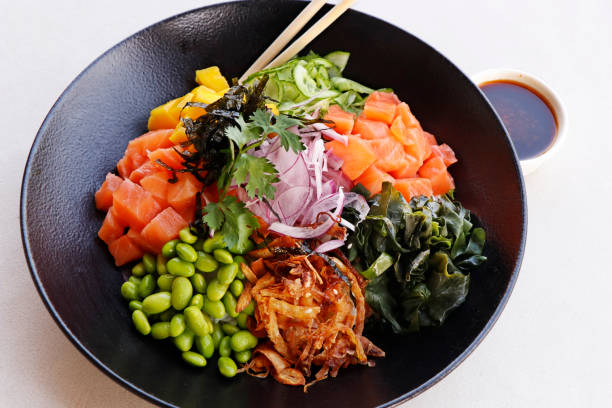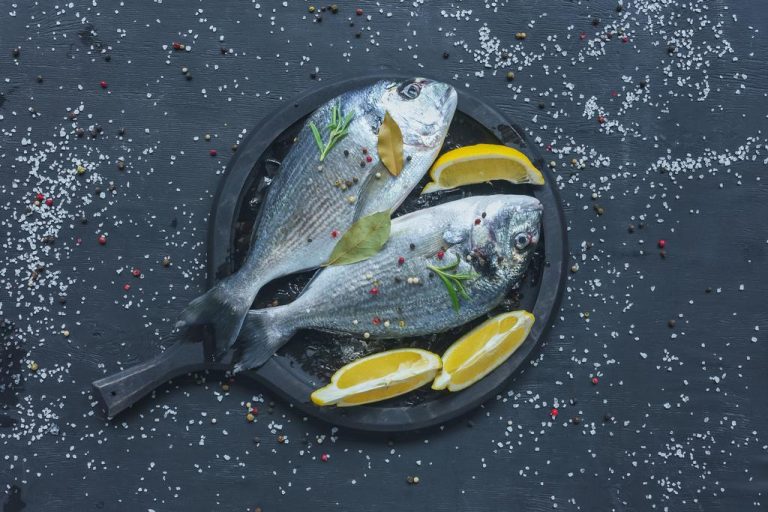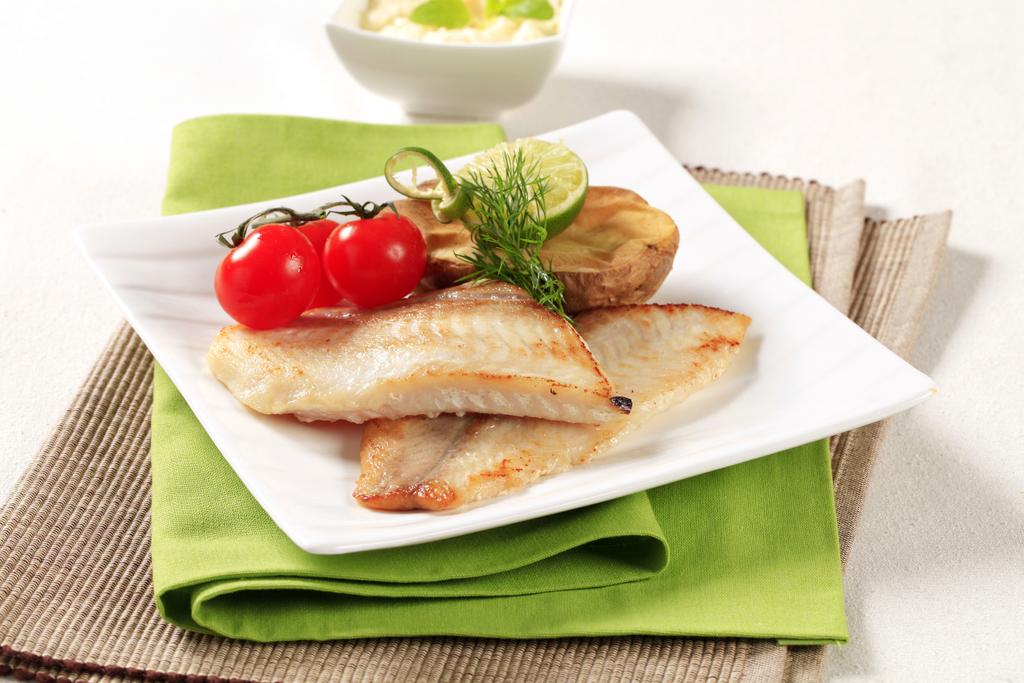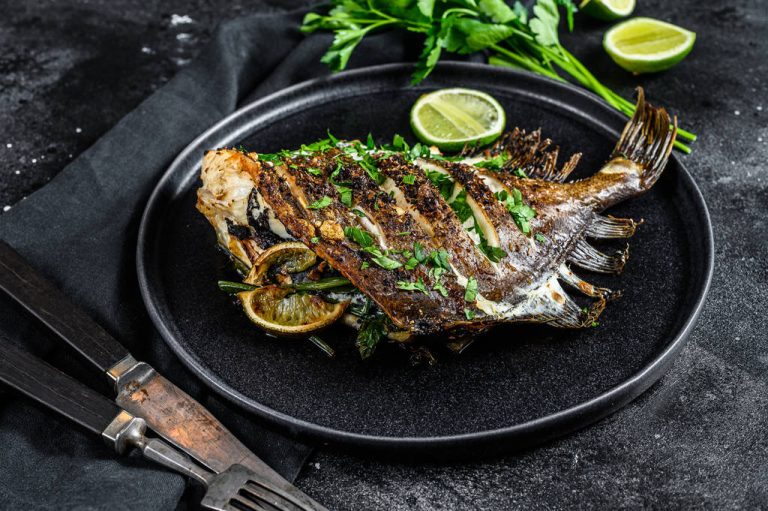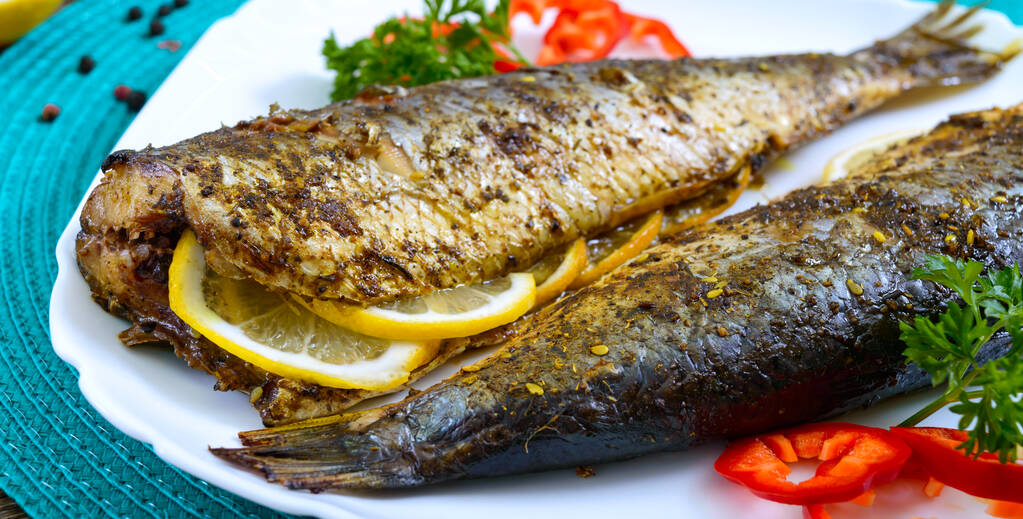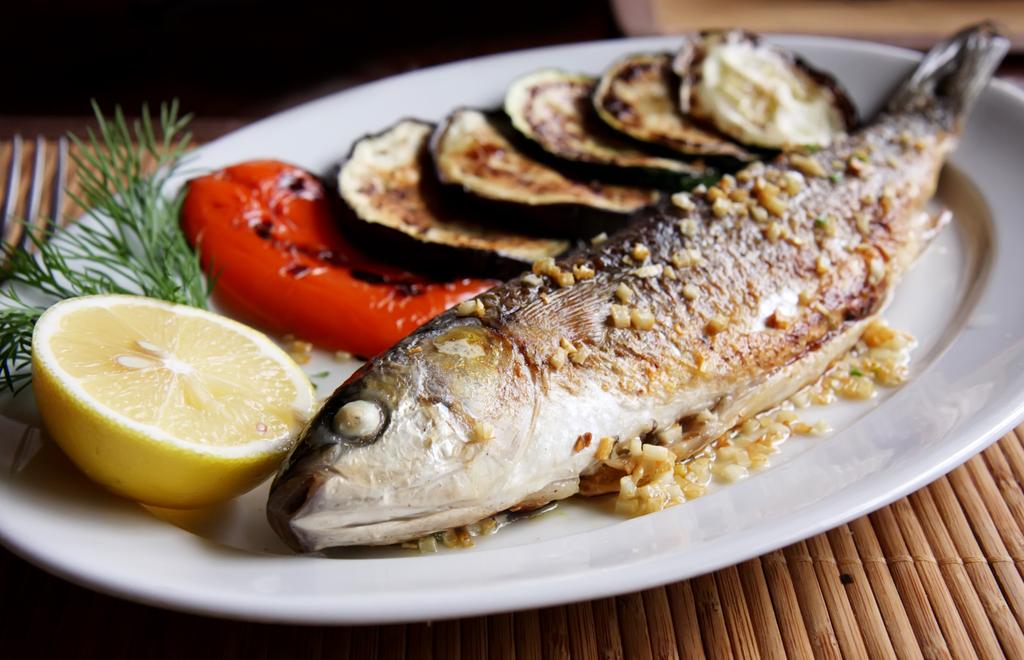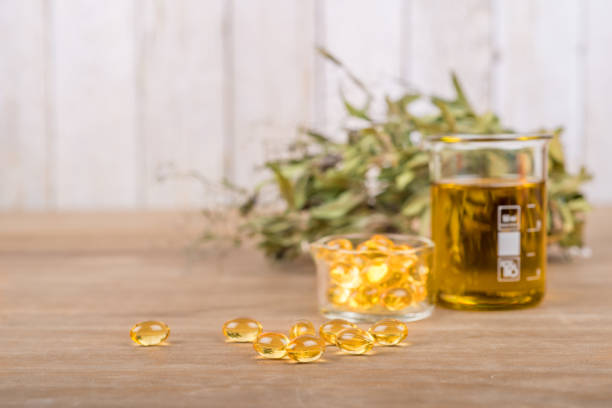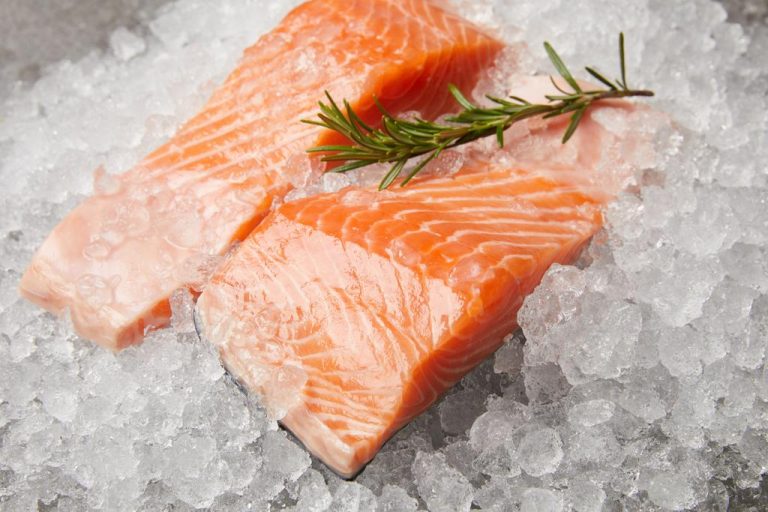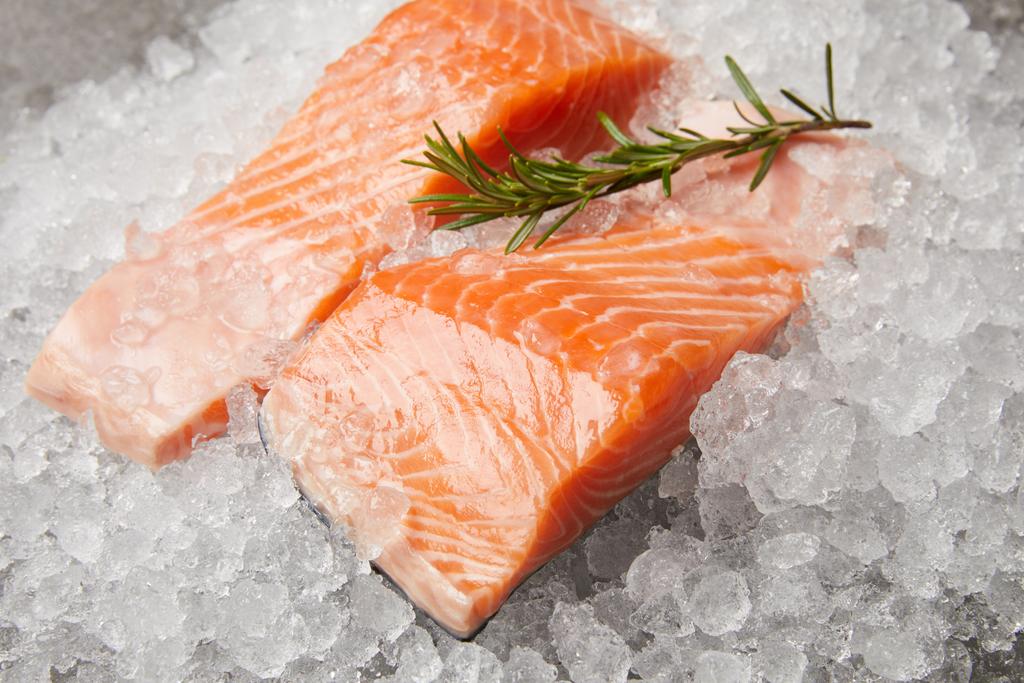Introduction: Beer-Battered Fish and Chips
There are few dishes that can match the popularity and comfort of beer-battered fish and chips. This classic dish is a staple in many British establishments and has become a beloved comfort food all over the world. The crispy, golden batter and flaky fish fillets make for a perfect combination with thick-cut chips. Whether you are looking to enjoy a casual dinner at home or want to impress your guests with a classic pub meal, beer-battered fish and chips is a surefire crowd-pleaser.
How to Make Beer Batter for Fish Fillets
The key to making beer-battered fish and chips is the beer batter. The batter should be light, airy, and crispy, with a flavor that complements the mild taste of the fish. To make the batter, you will need flour, baking powder, salt, and, of course, beer. You can use any type of beer you like, but a light lager or ale works best.
To make the batter, mix the dry ingredients together in a bowl and gradually add the beer until the batter is smooth and lump-free. The batter should be thick enough to coat the fish fillets, but not too thick that it becomes clumpy. Let the batter rest for a few minutes, and it will become even lighter and airy.
Deep-Frying Tips for Perfect Golden Fish and Chips
Deep-frying can be intimidating, but with the right tools and techniques, it’s easy to achieve perfectly golden fish and chips. Start by heating the oil in a deep pan or deep fryer. The oil should be hot but not smoking, around 375°F. To test if the oil is hot enough, drop a small amount of batter into the oil. It should sizzle and rise to the surface immediately.
Dip the fish fillets into the batter, making sure they are fully coated. Gently place the fillets into the hot oil, and fry for 3-4 minutes on each side until golden brown. Drain the fish on a paper towel-lined plate, and season with salt and pepper to taste. Serve with thick-cut chips, a side of tartar sauce, and a wedge of lemon.
In conclusion, beer-battered fish and chips is a classic dish that is easy to make and delicious to eat. With a light, crispy beer batter and perfectly fried fish fillets, this dish is a must-try for seafood lovers. So, next time you’re in the mood for some comfort food, whip up a batch of beer-battered fish and chips and enjoy a taste of the pub at home.




